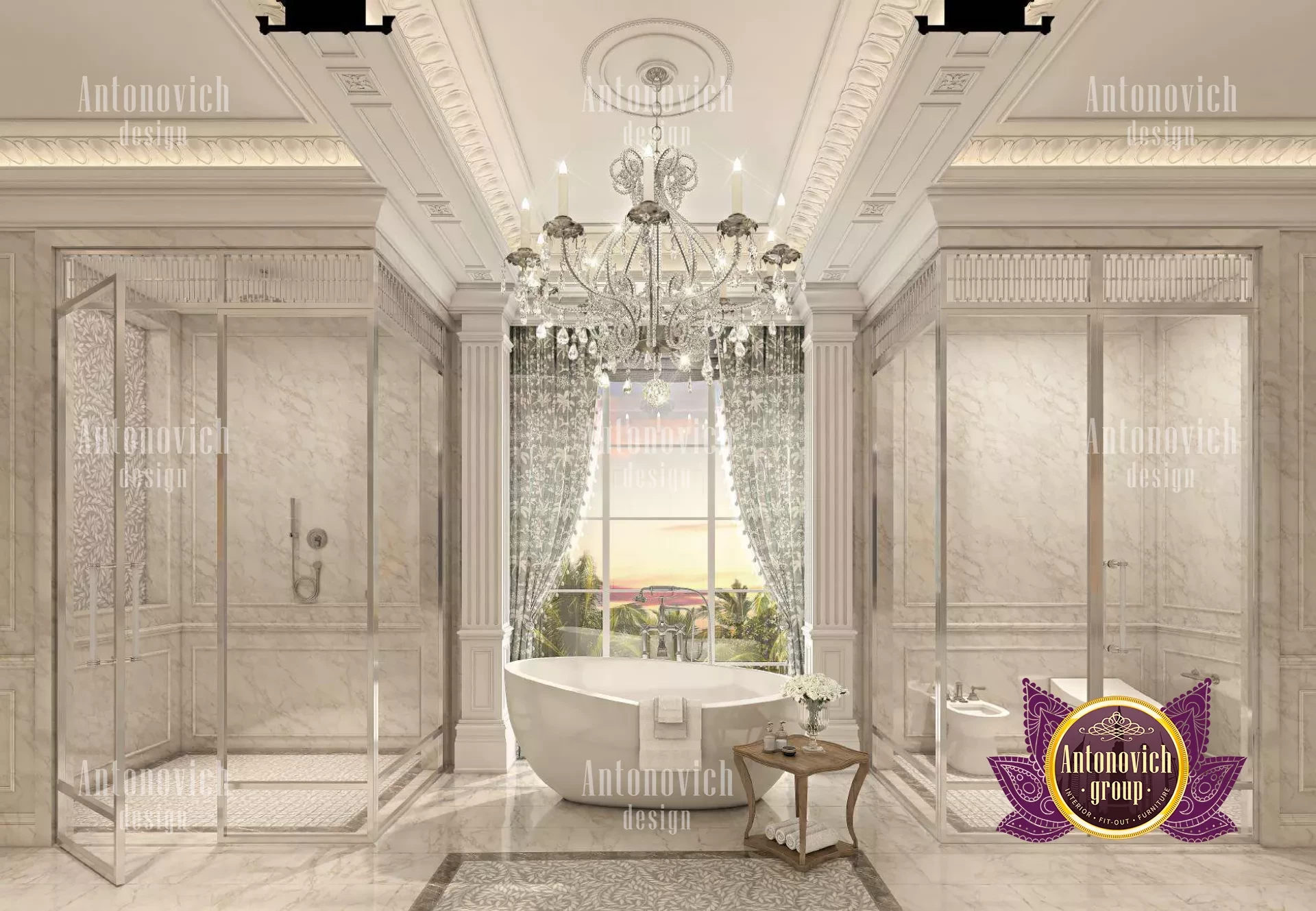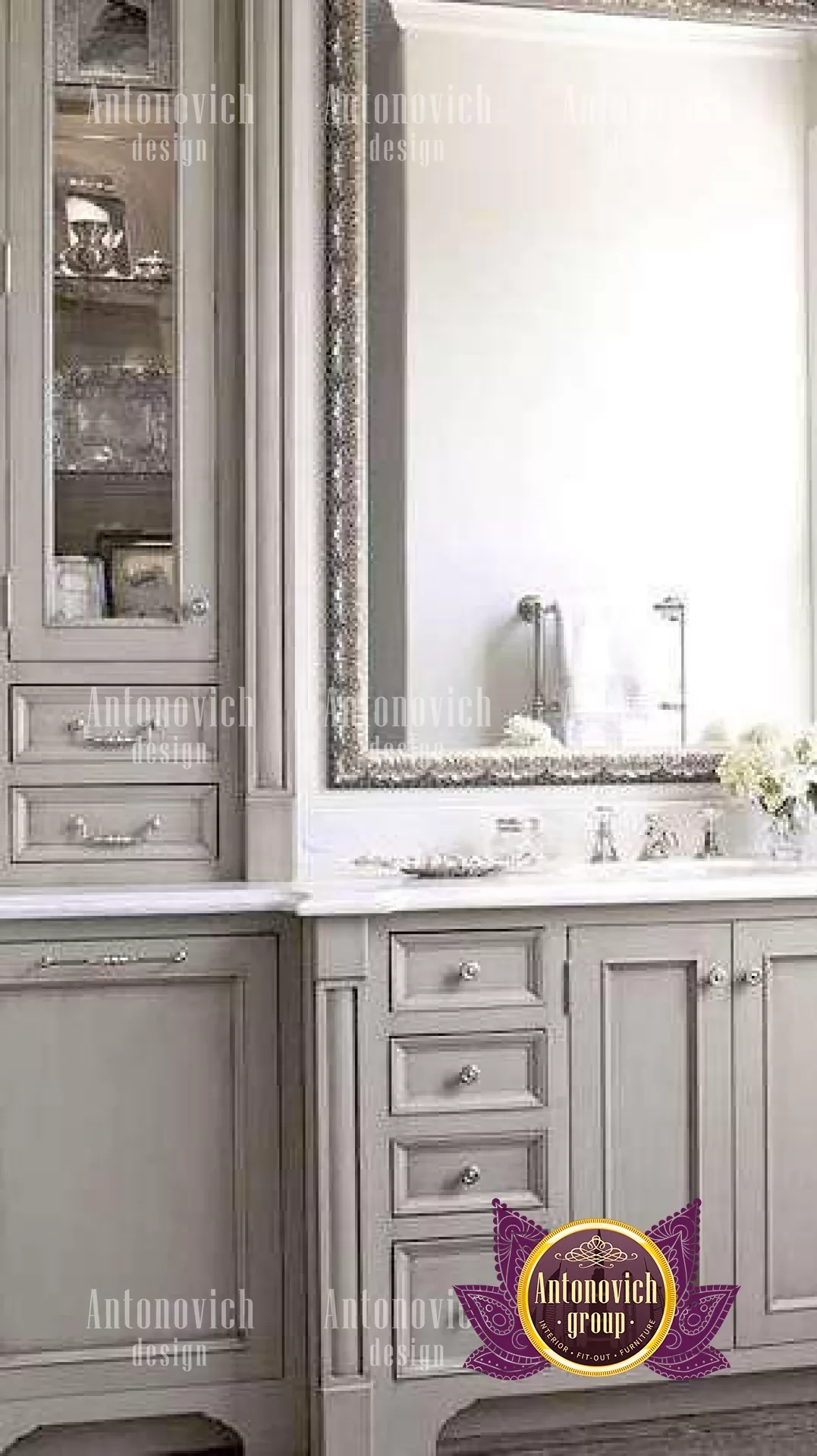QUALITIES OF A GOOD BATHROOM
Marble's metamorphic qualities are due to the naturally compacted carbonate minerals dolomite, calcite, and others. The crystalline forms of these chemicals interact to create marble when exposed to high pressure and heat. Each piece of marble is unique and has a wide range of colors and textures depending on the number of impurities it contains and the specific ingredients used to make it. There are many different types of marble. Others employ stronger, darker colors while some provide clearer, brighter backgrounds. There are many different colors of marble, including white, pink, green, black, and gray. The list below includes the best marble for a high-end interior bathroom.

When you think of the most conventional, gorgeous, smooth, and brilliant white marble surfaces, Calacatta marble comes to mind. This type of marble is the pinnacle of refinement and is still unparalleled in terms of beauty and quality. The Calacatta marble has thick, deep veining that highlights its brilliant white color. It's one of the best marble types for luxury bathrooms for a number of reasons. One is that the tone of pure white creates the illusion of a larger room. Also, the white tone may be readily paired with practically any other hue.

There are several distinct Calacatta kinds, and the color of their veining is the primary method to tell them apart. Carrara Marble is the type of marble that is most frequently used worldwide. It is sometimes mistaken for Calacatta marble but has a somewhat deeper and lighter gray background with delicate veining. Don't let the conventional and delicate aspect of this marble fool you. Compared to Calacatta Marble, it is more suitable for use in bathrooms since it is robust and durable. Talathello marble has a classy look and a background that is light gray. Its silver and beige colors wonderfully complement the surroundings. The remarkable white veining in Emperador marble has a medium to dark brown tone. It is a challenging type of marble, making it a unique and practical choice for walls, vanities, and floors.

Being the unique natural stone that it is, marble has many alluring physical characteristics. Consider the following when selecting marble for a bathroom's interior design: While low gloss and brushed marble may successfully hide minor imperfections like watermarks, dried toothpaste, and powder, a honed finish is practical and adds a lovely dimension to the surface. Each marble stone has its own unique natural veining. The veining is the term for the dark, gray, or charcoal lines that run through the stone and give it its characteristic and beautiful look.

You must keep in mind how the veins will appear if you want to utilize marble in areas where it will need to be cut and seamed together. The appearance of the stone evolves over time. When exposed to moisture and humidity, deeply entrenched iron in the stone rusts over time and eventually comes to the surface. The marble will ultimately develop a rusty patina as a result of this. Although employing this classic natural stone in a bathroom would undoubtedly boost aesthetic appeal, the home's value, and marketability a bit, doing so has negatives. Marble's magnificent and sumptuous aesthetic is difficult to reproduce in space using another material. It raises the house's marketability and value.

Marble may be utilized in a range of settings since it is offered in a variety of color schemes and forms. Each bathroom surface may be covered in marble, a sturdy stone. The entire floor, countertops, sinks, and even shower walls can be covered with it. But, depending on where you intend to use it, there are aspects of marble that you need to consider.












